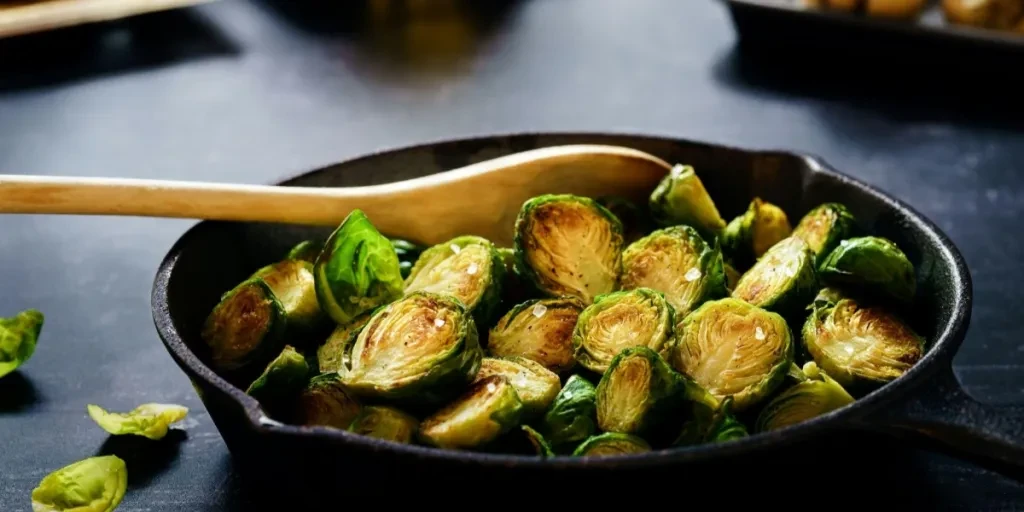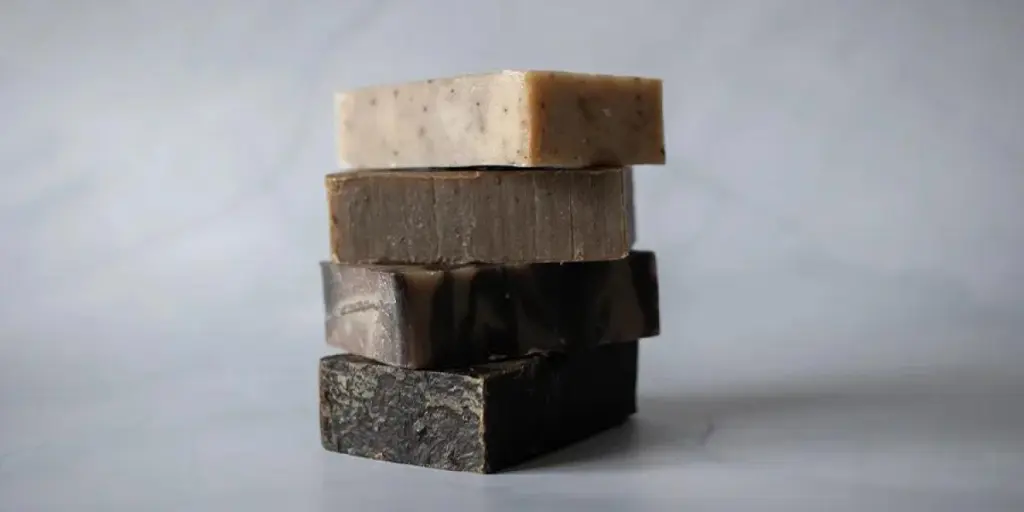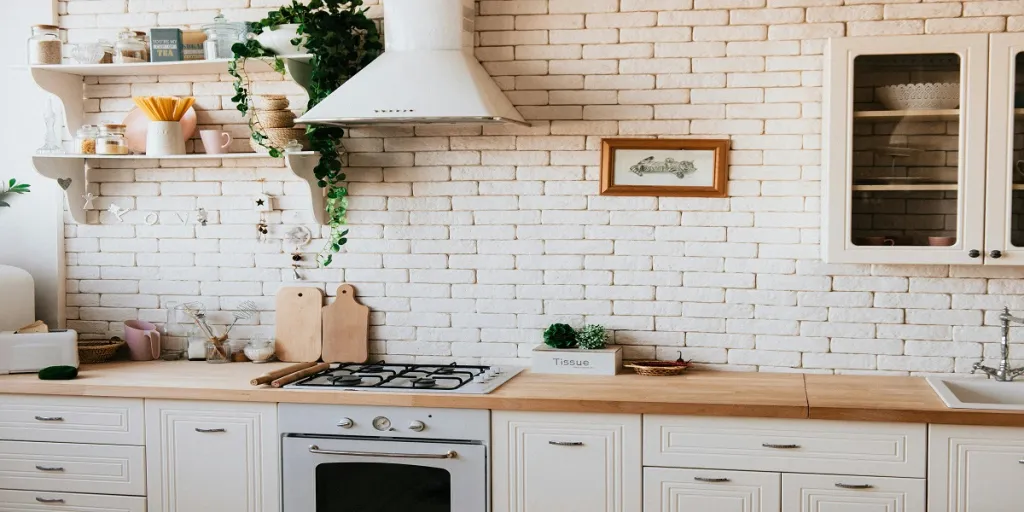When choosing the perfect skillet pan, the material plays a big role in both durability and overall cooking performance. Each type of material offers its own set of benefits that are suited to different cooking styles. Skillet pans are generally ideal for steak searing, sautéing vegetables, and even making pancakes. Their versatility is what makes them so popular among a range of cooks.
Read on to discover more about the different materials available for skillet pans and which ones are suited for what in 2025.
Table of Contents
When are skillet pans used?
Global market value of skillet pans
What material is best for a skillet pan?
Cast iron
Stainless steel
Teflon
Carbon steel
Final thoughts
When are skillet pans used?

Skillet pans’ versatility means that they can be used for various cooking methods. As well as searing meat, frying foods, and sautéing vegetables, skillets can also be used for baking dishes such as frittatas or making sauces and gravies. Skillet pans are favored for their ability to retain and distribute heat evenly, which is why they are effective in various cooking and baking conditions. This in turn makes them a key tool to have in any kitchen.
Global market value of skillet pans

The market value of skillet pans, or frying pans, is on the rise. This is down to a number of factors, such as an increase in the number of households globally and changes in lifestyle. This has led to pans being seen as a cookware necessity, and skillet pans are among the most in demand for home-cooked meals.
In 2024, the global market value of skillet pans reached over USD 10 billion. This figure is expected to increase by a CAGR of at least 4.5% between 2025 and 2032 to reach a projected USD 15.5 billion.
What material is best for a skillet pan?

When deciding which material to select for a skillet pan, there are a number of considerations to take into account. The “best” material will mostly depend on individual cooking needs and maintenance preferences. Some materials are more durable than others, which is ideal if the pans will be used in commercial kitchens, where having seasoned cast iron cookware is essential.
According to Google Ads, “skillet pan” had an average monthly search volume of 74,000 in 2024. Most searches appeared in January and February, and then between October and December. Searches dropped to 60,500 per month between March and September.
Read on to learn more about the different types of materials used for skillet pans.
Cast iron

The cast iron skillet pan is a popular, high-quality, long-lasting choice. Its durability and heat retention improve over time, while its non-stick properties make it ideal for baking, frying meat, and getting a restaurant-quality sear. They also come in a wide range of sizes.
The cast iron skillet is particularly versatile as it’s oven safe and can be used over open flames and on stovetops at high temperatures. It ranks highly as a favorite piece of cookware among professional chefs, due to the many ways it can be used beyond frying and searing, including for making stews and soups.
However, for the best results, regular maintenance is required. This requires seasoning them with oil to prevent rust and maintain their non-stick properties. Cast iron is very heavy compared to other materials, so it may not be suitable for older consumers.
Stainless steel

Stainless steel skillet pans are known for their durability as well as resistance to rust and corrosion. These pans’ non-reactive surface makes them a versatile choice for all types of cooking techniques. Stainless steel doesn’t retain flavors or react with acidic foods, so is ideal for searing, browning, and deglazing.
Unlike cast iron skillets, stainless steel pans do not require seasoning, so they are much easier to maintain. One downside is that they need to be preheated properly or food can stick and burn. And although they don’t retain heat as well as cast iron skillets, their longevity still makes them a popular choice.
Teflon

One of the most affordable materials for a skillet is Teflon. These pans are great for cooking delicate foods such as eggs or fish without worrying that they may stick. They’re known for being easy to clean and for their non-stick properties, so they require minimal oil to use effectively. This is especially good for buyers who are on a low-fat diet, while their lightweight nature means they are easy to handle.
The big downside to using a Teflon skillet pan is that the coating can wear over time. This is a problem because the coating can release harmful fumes. To help boost longevity, it’s advised to cook using a low or medium heat and to avoid scraping them with metal utensils. Users should also avoid cleaning the pan with abrasive cleaning tools.
Carbon steel

Another favorite pan among both professional chefs and home cooks is the carbon steel skillet. These offer the perfect balance between the lightweight design of stainless steel and the heat retention that cast iron offers. Carbon steel heats quickly and evenly, so it’s a great option for searing. Over time, it also develops a natural non-stick surface, like cast iron.
Carbon steel can be used on all types of surfaces, including induction hobs. The downside to this material is that it requires regular maintenance, such as seasoning and proper drying, though not as much as cast iron.
Final thoughts
Choosing the best material for a skillet pan will depend on the desired cooking style and maintenance preferences. While carbon steel and cast iron skillets offer increased heat retention and long-term benefits, stainless steel and Teflon are versatile and easier to maintain.
Given that each material has its downsides, it will be up to the consumer to make the final decision based on their personal needs. By choosing the right skillet, buyers can enjoy an enhanced cooking experience for years to come.




